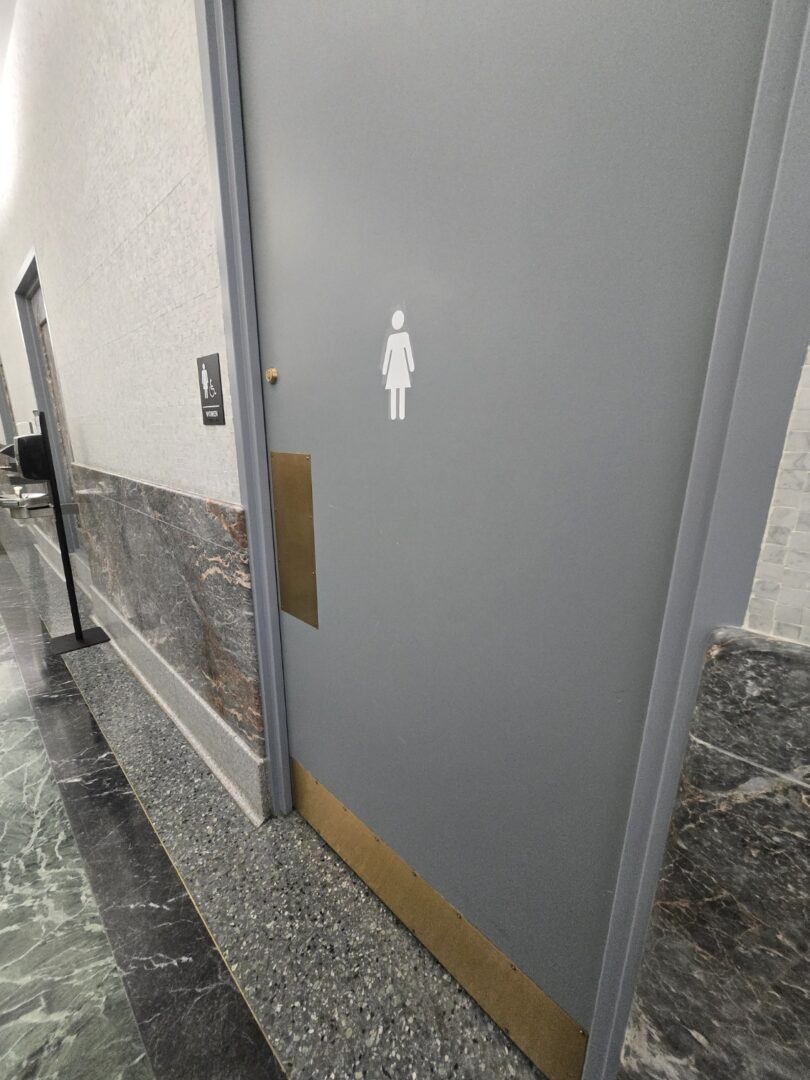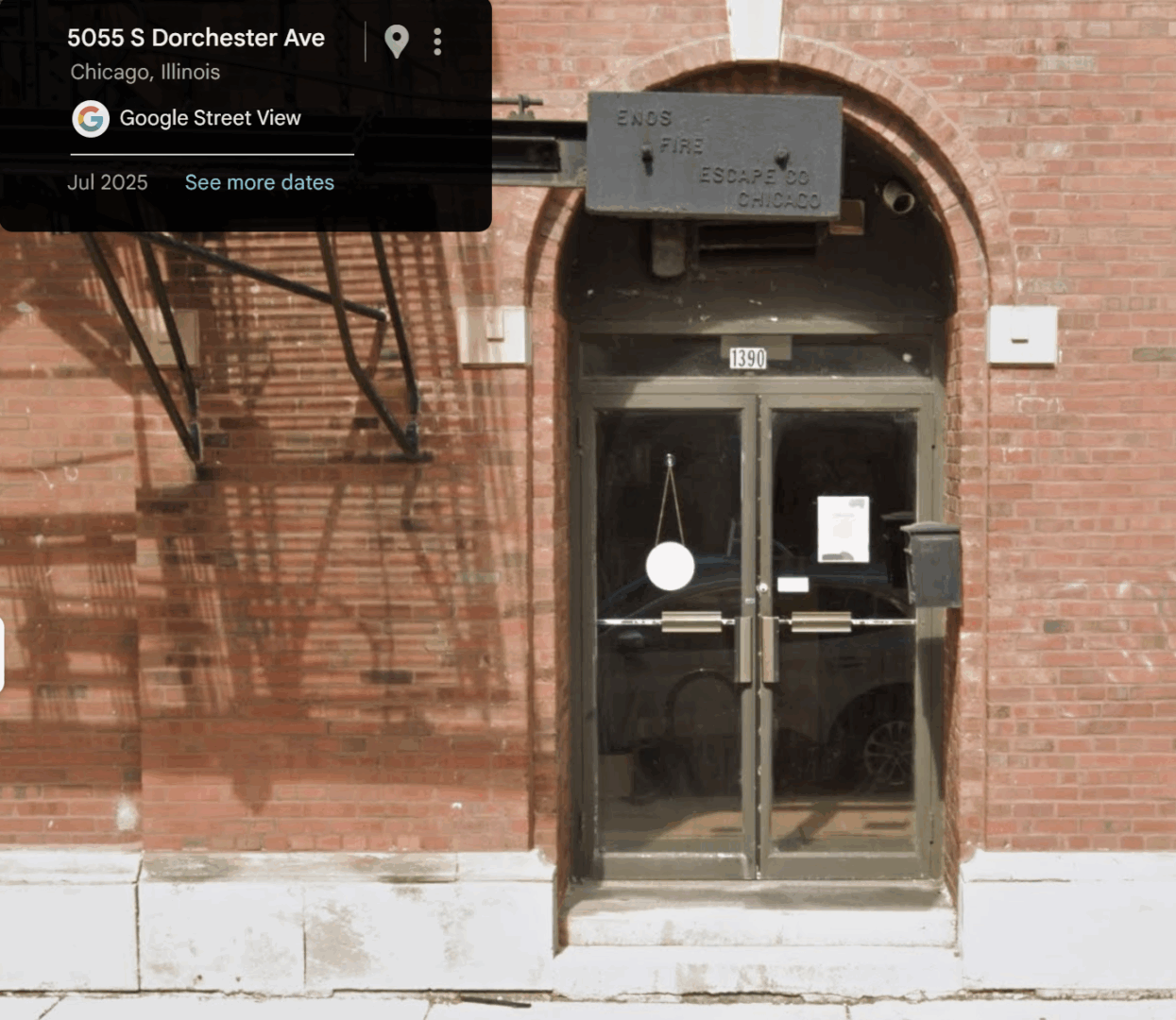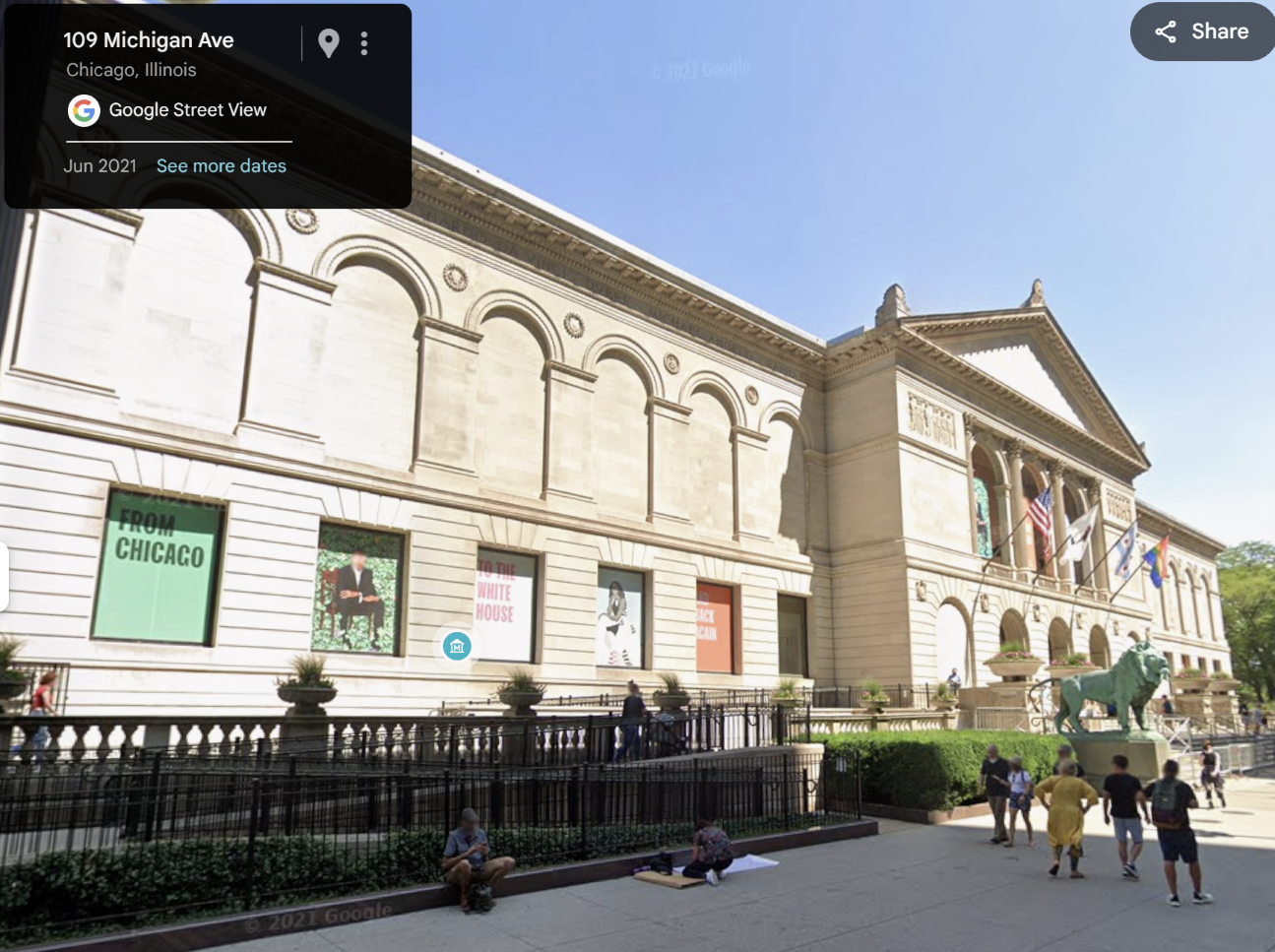I’ll keep it real with everyone, before my disabilities started to impact my mobility earlier this year, I knew that the world was quite inaccessible to disabled folks. Now that I use mobility aids, I am really beginning to truly understand. Access is an afterthought, a half-formed concept, and an often-ill-planned design.
This series is just scratching the surface of the inaccessibility that disabled people face, combining my personal experiences with research. I want to touch on three aspects of access: physical, social, and systemic. I choose this order because I feel the concepts in each build on each other, meshing together in a far-reaching system of oppression, dehumanization, and eugenics. Fair warning that the topics covered throughout this series can be disturbing, but these are the lived experiences of millions of people every day.
Physical (In)accessibility
The Bare Minimum
When people think of access, this is the form people usually think of first. Ramps, elevators, braille, building codes, automatic doors, all that jazz. The Americans with Disabilities Act (ADA) was passed in 1990, and, among the many provisions in the law, it laid out minimum standards for accessibility. The ADA website, ada.gov, states businesses, government services, and public transportation “must provide people with disabilities an equal opportunity to benefit from their services” as well as laying out the specific types of entities under the jurisdiction of this act.
Now, if you ask me, and many other disabled people, the ADA is not nearly enough. Walking around the city with my walker has been an eye-opening experience. The number of times I actually end up walking more as a result of how places have implemented their “accessibility” features is staggering. Take, for example, the Walgreens at Michigan and Hubbard, up by Tribune Tower. There is what appears to be an accessible entrance near the front of the store, facing the road. However, it actually leads into the connected building, and the doors to Walgreens are locked. I spent 10 minutes searching for the automatic door, only to find it was all the way set back from the street, at the very rear of the store. Which, again, meant I had to walk more to get to it.
Another ridiculous access issue is that doors, while wide enough for my walker or for wheelchairs, simply don’t have automatic capabilities so much of the time. Refer to my photo below from the Harold Washington Library with an example. The restroom door shown here has ample width and leads into a restroom with a disability-accessible stall, the sign for the restroom even has the (out-of-date) accessibility logo on it. Yet, the door to get into the restroom is manual.

This issue with doors is also at just about every restaurant I have been to. I even frequent a place in the Loop which does have an automatic door, yet it is inside a secondary door meant to prevent the wind from entering the building. At that point, why even have the button?
In places with older buildings, such as Chicago, it is a common occurrence to see businesses have a literal “step-up” to get inside. Granted, many of the businesses have foldable ramps to help users with wheelchairs or walkers get inside, but I kinda wish my access did not depend so heavily on other people. One of my favorite bookstores, Call and Response in Hyde Park, has a step-up entrance (refer to image below). The first time I went there, I was a little miffed at having to get help getting inside, but the people working there are wonderful and kind and full of real solidarity. Many places… are not. There are times when people are visibly annoyed at having to help disabled people access spaces and it is a demoralizing and dehumanizing thing to experience. (Sidebar: You should visit Call and Response Books in Hyde Park! Black Women owned and with a wonderfully radical selection of books. They also have whistle kits for alerting the community of ICE agents.)

Even my own home is not accessible. I am very fortunate to live with people who are willing to help me grab things and do chores, but it is half a flight of stairs to get to the front door, and then a full flight of stairs to get to my room. At least in my own home, I can rest just about anywhere with comfort and without shame, but I plan my trips around the house carefully. My home is both my sanctuary and a site of struggle. A bizarre contrast, and one that I will probably be grappling with for years to come.
Access as an Afterthought
One of the common critiques of the ADA, or at least how places have complied with it, is that access is often done as an afterthought. Older buildings are retrofitted with the bare minimum for compliance, often with hard-to-find access features, such as in the rear of a building. Ramps and elevators in buildings are frequently tucked into obscure corners, leaving disabled people to search for them, often with little to no assistance. One of my friends was visiting D.C. a few years ago and they told me about how they were attempting to enter a public building (either a museum or government building, I can’t remember). The wheelchair ramp was in the very back of the building, and they literally could not get to it as construction work obstructed access to the building. No one had thought to find a provisional way to allow disabled people to access the building during construction.
Other access features are often hastily added to buildings, leaving them out-of-place and undermaintained, such as the ramp going into the Tech Central/Tech South connector on campus. The plants are overgrown, it doesn’t mesh with the aesthetics of the rest of the building, and it feels structurally “iffy.” The same can be said for the ramp going up to the entrance of Tech North, facing Crown Hall (Architecture students, y’all know what I am talking about).
The “access as an afterthought” is a big issue especially at CTA train platforms. Elevators are often dirty and smelly, leaving disabled people (who are more susceptible to fall sick or be sensitive to fumes) stuck in grimy and unsanitary spaces to get from place-to-place. The CTA is also notorious for not having functioning elevators and escalators, though they have improved in recent years. One thing that baffles me is that the Sox-35th Red Line stop shuts off escalators during high-traffic times. Instead of taking steps to ensure that folks are not crowding the escalators, they are shut off, effectively leaving folks with mobility issues in the lurch, fighting through the throngs of sports fans to get to the elevator which is inevitably packed. While I do not believe the CTA intends to do so, they alienate disabled people like me by doing this. Instead of ensuring that we have safe access to the structures we need to get around, they shut them off, effectively telling us that we are too much to handle when things are busy, that disabled passengers make things more difficult. Again, the CTA should invest in crowd control for busy times like this to make sure that elevators, escalators, and stairs are all safely accessible to all bodies in the space.
The Curse of Poor Planning (AKA the Art Institute is a f*cking maze)
I love the Art Institute, I really do. But, man, is it confusing to navigate if you can’t use the stairs. There are sections which I used to go to that I literally do not know how to access now and will, next time, need someone to guide me around. Elevators can be right next to each other on the map, but not go to the same places, and it has left me scrambling in circles. While I do not expect the Art Institute to re-do their elevators, it would be nice to have a more accessible map, perhaps with 3D interactive features. The slap-dash nature of the elevators in the Art Institute feels like poor planning in an otherwise marvelous building. To be fair, architects even now frequently go through their schooling and licensing with accessibility as an afterthought.
The poor planning starts at the very front entrance of the Art Institute. The ramp to get up is actually nice, it has flowers and aesthetically meshes well with the rest of the structure (refer to image below). However, once you get to the top, there is a problem. You now have to join the rest of the line, which means cutting in front of others. While I honestly don’t particularly feel bad about it, since standing in line is a no-no for my disabled body, it feels weird to be guided in front of a bunch of people in line to get into a place before them, even if they have been waiting longer. Truthfully, this is mainly an issue during opening, when the line to get inside is out the door. But well-planned access never feels out-of-place, awkward, or confusing, nor does it make the people using that access feel like that.

Outcomes of Physical Inaccessibility
This is where physical inaccessibility ties into social and systemic inaccessibility and ableism, as lack of physical access is used as a tool to prevent disabled people from social life and society. When lack of physical access is not done intentionally, it then has the unintended consequence of ostracizing us and limiting where we can go and who we can interact with.
At the personal level, lack of access means being reliant on others for things such as running errands, getting into places, and feeling demoralized and dehumanized. Truly, I felt humiliated that first time I went to the Art Institute since I started needing my walker. I was confused, lost, and embarrassed to be going in circles so much. All the running around left me exhausted, and I ended up leaving earlier than I initially wanted so I could go home and rest.
It’s isolating. Being unable to go places with my peers, even just missing staircase conversations that we used to have. Some of my friends have taken to riding the elevator with me, though, and I can’t even express how happy that small act makes me.
Physical Access Exists, and is Getting Better
Physical access exists, and better access is possible, slowly being built by decades of fighting and labor from disabled activists and allies (shout out to the Black Panthers). As society progresses and grows more and more aware of disability, and the fact that it can happen to anyone at any time, access is becoming a more prevalent issue. No intervention is perfect, and probably none will ever be. However, I want to highlight some interventions that have genuinely helped with physical access (for more info, read Bess Williamson’s Accessible America).
- Most, if not all, U.S. airports offer services to help folks with disabilities and mobility issues navigate the airport.
- More and more architecture schools are focusing on access, even above and beyond the ADA.
- In the U.S., public transit systems are, generally, accessible to people with disabilities. Public transit has provided disabled people with a freedom of movement many had only dreamed of.
- More structures are integrating access into their designs from the outset, including disabled people from the beginning through the method of “co-design.”
- Clothing and fashion are becoming more accessible to people with disabilities (a piece of physical access many don’t think about).
- There are services to help disabled folks retrofit their homes for adaptive use.
- The concept of Universal Design has taken off and has become ubiquitous in various disciplines.
- Disabled people and our allies are continuing to fight for more access.
With this positive note, I conclude the first installment of this series. Next time, I will be discussing social (in)accessibility, building off this piece and drawing attention to current issues and hopeful trends.
Further Reading:
Accessible America by Bess Williamson
Building Access: Universal Design and the Politics of Disability by Aimi Hamraie
Fashion, Disability, and Co-design: A Human-Centered Design Approach by Grace Jun
The Intersection of Fashion and Disability: A Historical Analysis by Kate Annett Hitchcock
